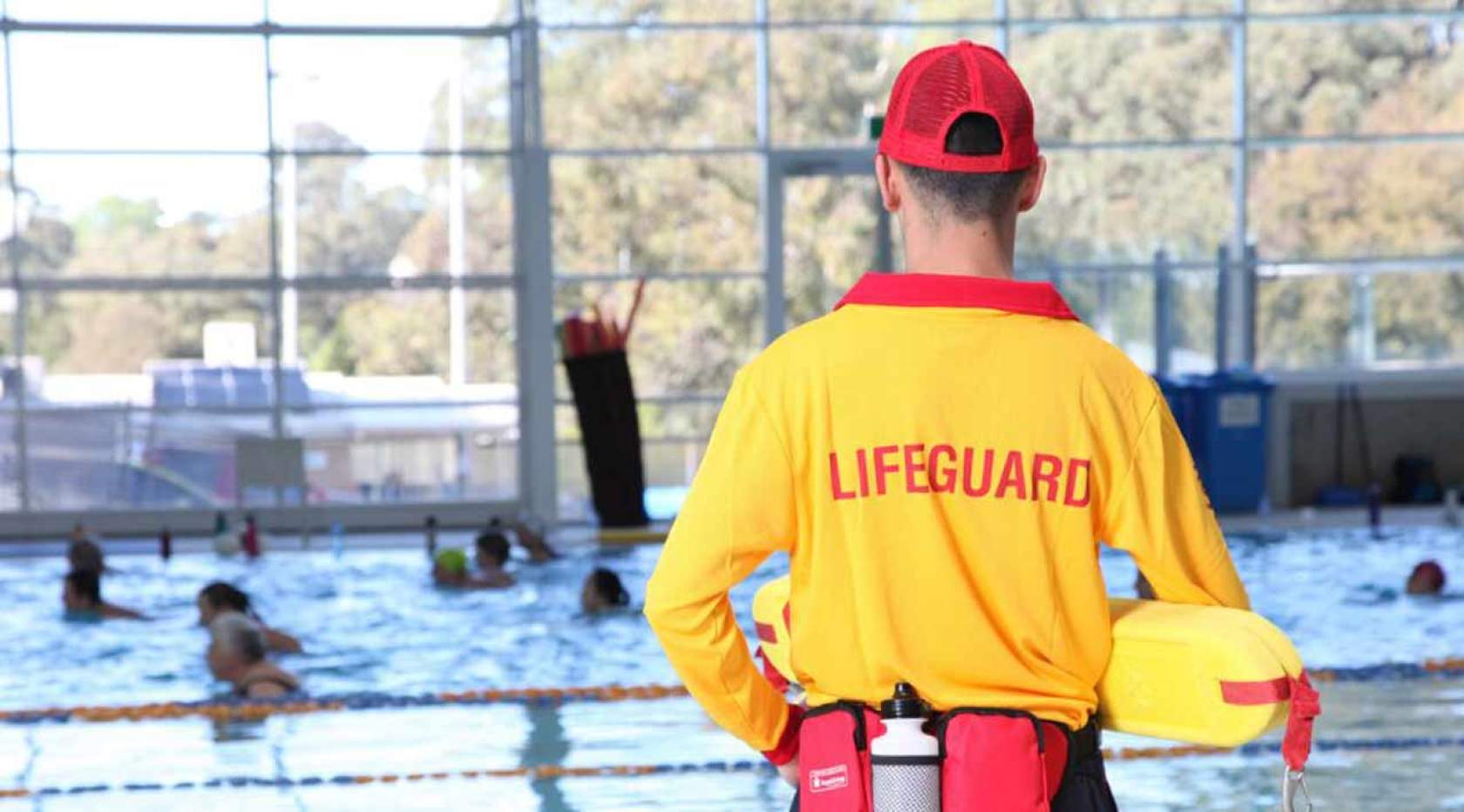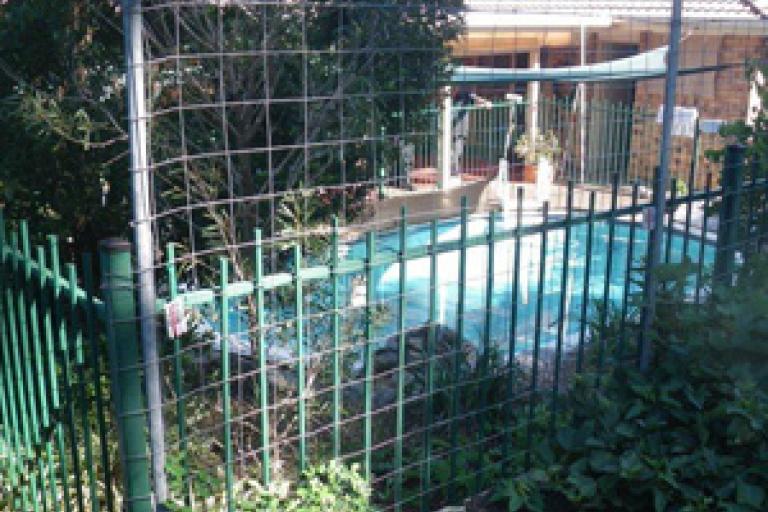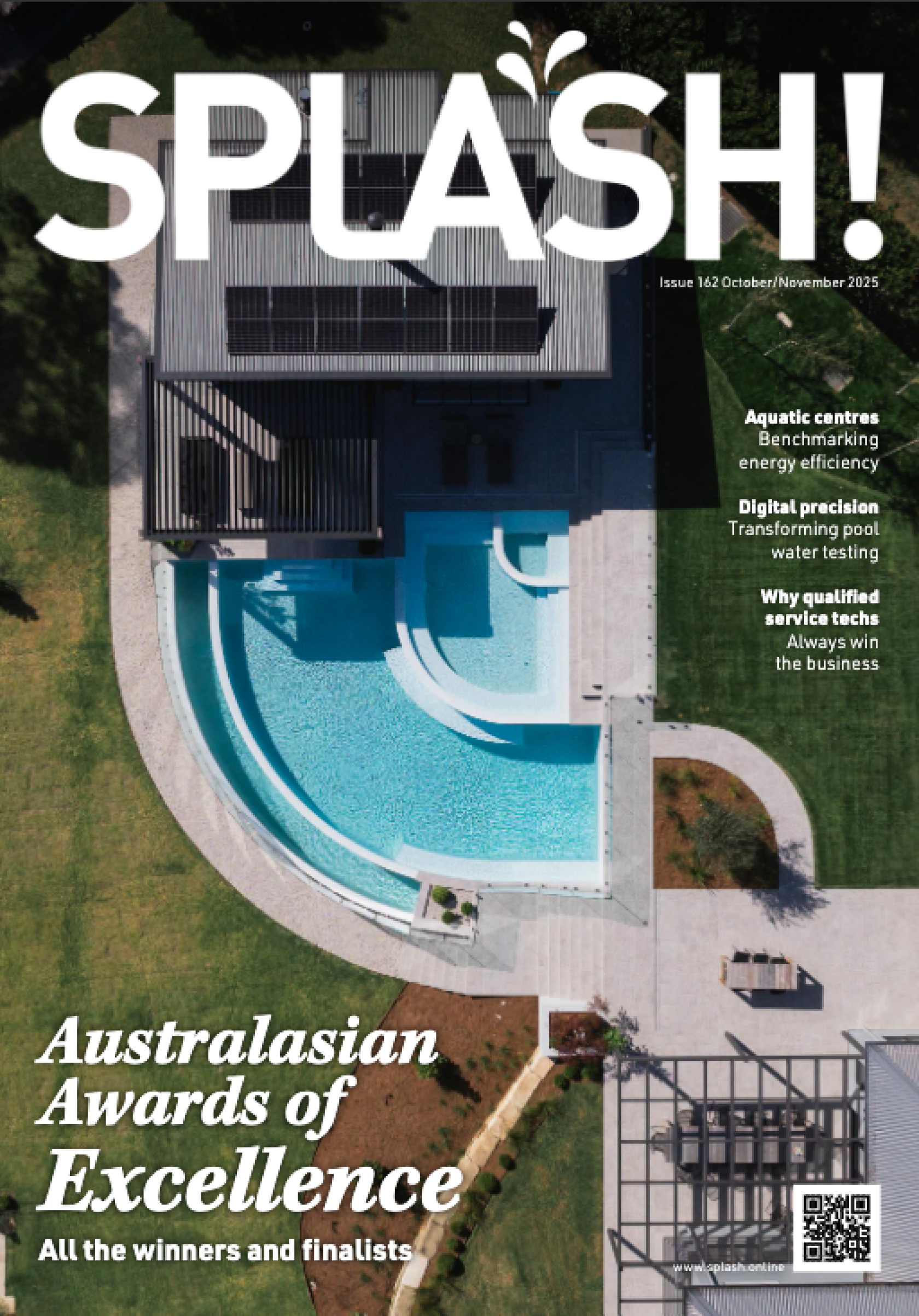RLS provides advice on life support during the Covid crisis

Royal Life Saving has released information on basic life support response by lifeguards in aquatic facilities during Covid-19, specifically for the Australian context.
Statement on Basic Life Support Response by Lifeguards in Aquatic Facilities during Covid-19
Royal Life Saving has been closely monitoring the Covid-19 pandemic through official sources, including the Australian Government Department of Health, and State/Territory Government Departments of Health, as well as seeking guidance from organisations such as the Australian Resuscitation Council (ARC).
We continue to receive a number of enquiries seeking advice on the delivery of a rescue response, including cardiopulmonary resuscitation (CPR) as part of the Basic Life Support sequence, by lifeguards working at an aquatic facility in an authentic emergency situation (ie, in a non-training environment) in the current Covid-19 Pandemic.
The advice below is for the Australian context and considers that aquatic facilities in Australia have ‘adequate admission screening processes’ and that currently Australian communities have a ‘low disease burden’. The advice is based on information and guidelines set out by the International Liaison Committee on Resuscitation (ILCOR), ARC and the shared work of the International Drowning Researcher’s Alliance, International Life Saving Federation and International Maritime Rescue Federation.
Basic Life Support (Primary Survey) sequence
Royal Life Saving advises that the Basic Life Support (Primary Survey) sequence should be followed in an emergency situation in an aquatic facility.
In the current Covid-19 Pandemic, Royal Life Saving offers further advice with regard to each of the steps in this sequence:
D – Check for Danger
- Aquatic facilities should have conducted a risk assessment on the dangers associated with lifeguards performing the Basic Life Support sequence in an authentic emergency situation. Lifeguards should be informed of the outcomes of this risk assessment and respond in accordance with organisational policies and procedures.
- In consideration of the above, lifeguards should don personal protective equipment (PPE) in line with standard precaution principles and organisational guidelines. Royal Life Saving advises the use of gloves and a face mask. (Eye protection is also encouraged.)
R – Check for Response
- Continue to adopt the ‘talk and touch’ approach. However, lifeguards should not place their face next to the victim’s mouth or nose. Touch means squeezing the victim on the shoulders.
S – Send for help
- No change to method.
A – Open Airway
- Presuming the lifeguard is wearing PPE (gloves and a face mask), the lifeguard should follow usual methods for opening the airway.
- Lifeguards should be mindful of keeping their face away from the victim’s mouth or nose.
B – Check for normal Breathing
- Breathing can be checked using a ‘look and listen’ approach. The lifeguard should look and listen for normal breathing without getting too close. The ‘feel’ approach should not be used.
C – Start CPR
- A resuscitation mask that contains a high quality filter and one-way valve should be used.
- The mask should be appropriately secured to create a strong seal.
- Lifeguards should then follow the usual procedures they have been trained in for delivering CPR using resuscitation masks and other equipment, being mindful of keeping their face away from the victim’s mouth and nose where possible.
D – Attach Defibrillator
- No change to method.
- Lifeguards should be mindful of keeping their face away from the victim’s mouth and nose.
Post-resuscitation care
- Continue to monitor the victim.
- Wash hands thoroughly with soap and water or an alcohol-based sanitizer.
- Dispose of, or clean and decontaminate, all equipment in line with standard precaution principles and organisational guidelines.
For more information about the Basic Life Support sequence, visit the Australian Resuscitation Council website.
In-water rescue breaths and spinal injury management
- Royal Life Saving does not recommend checking the airway or administration of rescue breathing in the water.
- In the case of a suspected spinal injury, Royal Life Saving recommends the victim be removed from the water following the usual principles of airway management and immobilisation. If the victim is not breathing, removal from the water in order to facilitate airway management, in line with steps outlined above, takes precedence over suspected spinal injury management.
A NOTE ON DROWNING
It is important to recognise that, in the case of drowning, if optimal CPR, which includes rescue breaths, is not given, the chance of the victim dying is very high and this should be weighed against the extremely low likelihood of the victim having Covid-19 and any risk of cross-infection.
Disclaimer: This position is current as at 11am (AEST) on 11 June 2020. The RLS position must be considered against their remit as a national peak body, with a key focus on community safety, promoting first aid training, reducing drowning and promoting safe aquatic participation.




